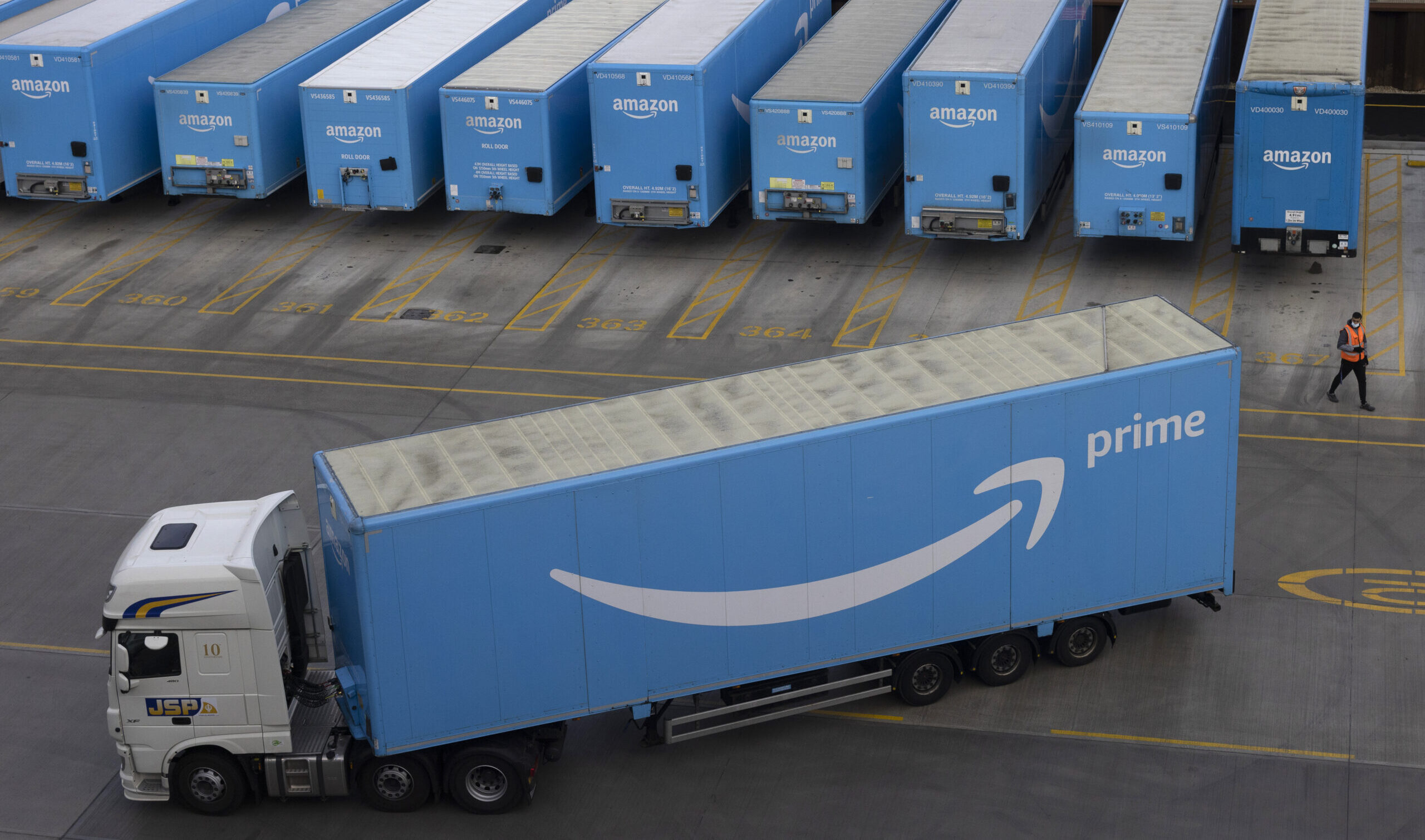Politics
The Engines of Managerialism
Replacement and integration can be two parts of one unfolding technological regime.

(Photo by Dan Kitwood/Getty Images)
Data Driven: Truckers, Technology, and the New Workplace Surveillance, by Karen Levy, Princeton University Press, 240 pages.
For centuries, management has used machines to deskill workers, tighten control over their lives and labor, and, more recently, surveil and impose upon them the faceless authority of the algorithmic boss. Karen Levy’s Data Driven is an important study of how these forces are unfolding in the industry of interstate delivery, upon which we who make nothing depend for everything.
Comments